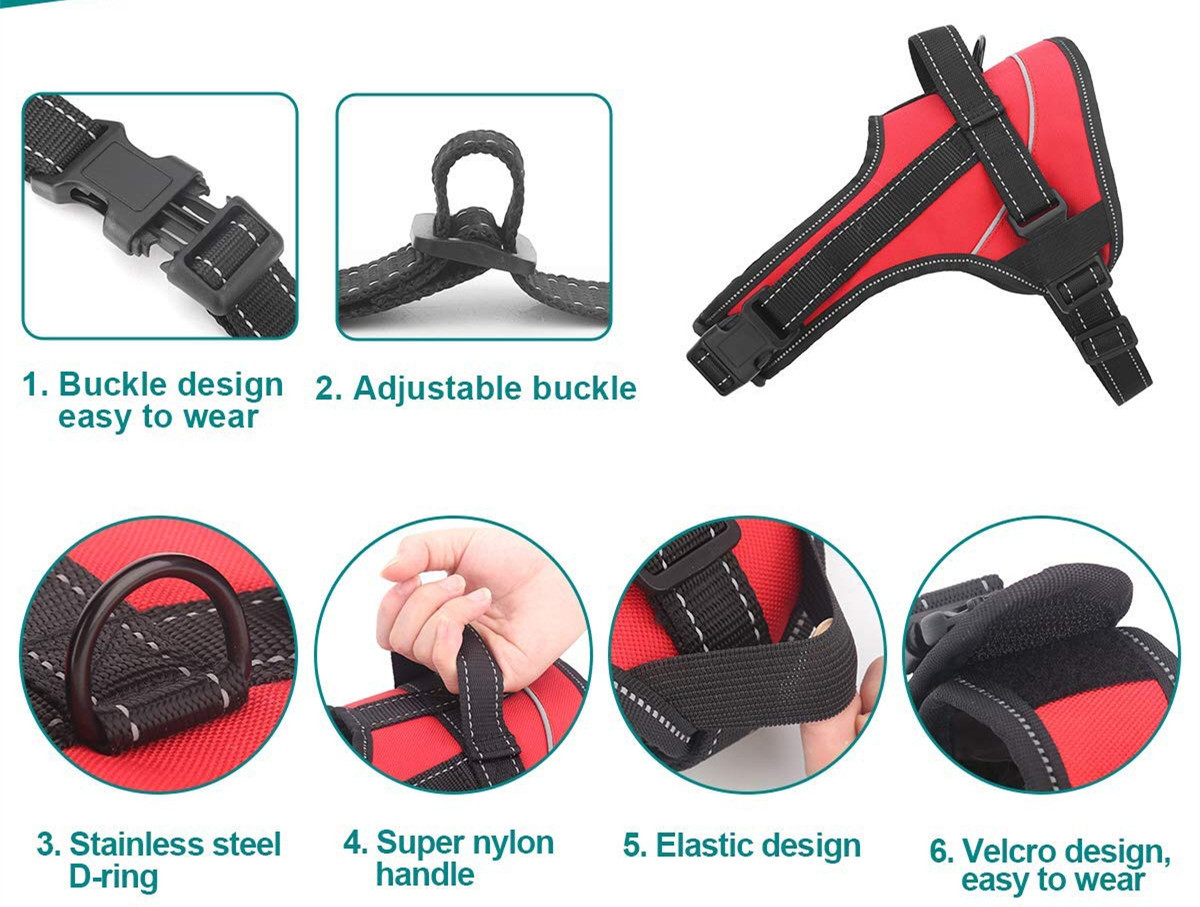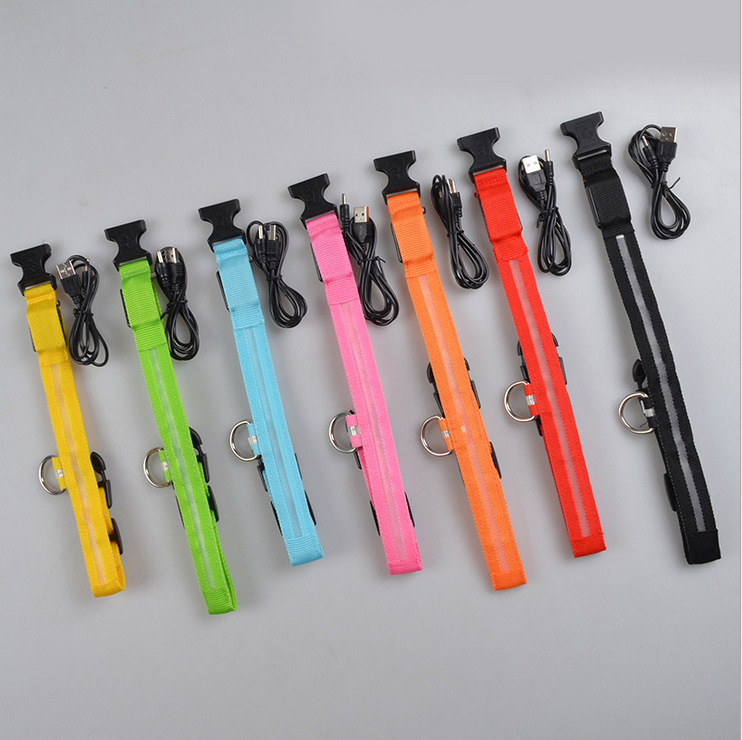- I. Introduction
- Explanation of the importance of dog collars
- Brief history of dog collars
- II. Types of Dog Collars
- III. Choosing a Dog Collar
- Considerations for the dog's size, breed, and temperament
- Matching the collar to the intended use
- Materials and construction quality
- Personalization options
- IV. Dog Collar Safety
- Ensuring the collar fits properly
- Avoiding choking hazards
- Monitoring the dog's behavior while wearing a collar
- Safety features to look for in a collar
- V. Dog Collar Materials
- VI. Dog Collar Sizes
- Measuring for the correct size
- Adjusting the collar for a good fit
- Sizing charts for different breeds
- VII. Dog Collar Accessories
- ID tags
- Bandanas
- Bow ties
- LED lights
- VIII. Conclusion
- Summary of key points
- Final recommendations
I. Introduction
Dog collars are one of the most important accessories for pet owners. They serve a variety of purposes, from identifying your pet to helping with training and keeping them safe. In this guide, we will explore everything you need to know about dog collars, from their history to the different types and materials available.
II. Types of Dog Collars
Breakaway collars

Breakaway collars are designed to release if they become caught on something, reducing the risk of choking or strangulation.
Buckle collars

Buckle collars are the most common type of collar, with a simple buckle closure and adjustable length.
Martingale collars

Martingale collars are used for dogs who tend to slip out of their collars, providing a gentler form of correction than choke chains.
Head collars
Head collars are designed to give the owner more control over the dog's head and can be helpful for training.
Slip collars

Slip collars are similar to choke chains and are not recommended for everyday use.
Harnesses

Harnesses are an alternative to collars, especially for dogs with breathing problems or neck injuries.
III. Choosing a Dog Collar
When choosing a dog collar, there are several things to consider:
The dog's size, breed, and temperament should influence your choice of collar.
Match the collar to the intended use, such as a reflective collar for nighttime walks or a waterproof collar for swimming.
Look for high-quality materials and construction.
Consider personalization options, such as adding your pet's name or phone number to the collar.
IV. Dog Collar Safety
Dog collar safety is crucial for preventing injury or harm to your pet. Here are some tips:
Ensure the collar fits properly - not too loose
Avoid choking hazards by choosing a collar that fits snugly but allows room for two fingers to fit between the collar and the dog's neck.
Monitor your dog's behavior while wearing a collar, especially during play or exercise.
Look for safety features in a collar, such as breakaway buckles or reflective materials.
V. Dog Collar Materials
There are several materials to choose from when selecting a dog collar:
Leather is a durable and stylish option, but can be more expensive.
Nylon is affordable and comes in a variety of colors and patterns, but may not be as durable.
Chain collars can be effective for training, but should only be used under the guidance of a professional.
Biothane is a waterproof and easy-to-clean option.
Reflective materials can be added to collars for increased visibility in low light.
VI. Dog Collar Sizes

Adjust the collar to fit snugly but not too tight.
Check sizing charts for different breeds to ensure the collar fits properly.
VII. Dog Collar Accessories

There are several accessories you can add to your dog's collar:
ID tags are a must-have for identifying your pet and providing contact information.
Bandanas can add a stylish touch and help with identification.
Bow ties are a fun accessory for special occasions.
LED lights can be added for increased visibility during nighttime walks.
VIII. Conclusion
Dog collars are an essential part of pet ownership, and selecting the right one can help keep your pet safe and comfortable. Consider the different types, materials, and accessories available, and always prioritize your pet's safety when making a selection.




















